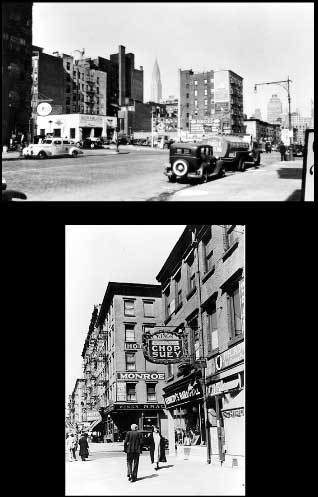

industrial operations such as Empire Stone Dressing Company, Union Steam Works and Empire Iron Works, gave way to A. Janson and Company cabinet manufacturers on 24th Street between Second and Third Avenues, Kranich and Bach Piano Company at 23rd Street and Second Avenue, and J.B. Brewster and Company, coach and carriage builders on 25th Street between Third and Lexington Avenues. While the neighborhood was still characterized by a mixture of tenements and factories, the smaller nature of these manufacturers allowed for more intensive development.
As the number of small scale, labor intensive industries grew in New York during the late nineteenth century, so did the number of immigrants arriving to do the work. This continued into the early twentieth century, when Manhattan reached its peak population of 2.3 million people in 1910. The city became more congested and the number of people packed into tenements increased. As new immigrants from Southern and Eastern Europe poured into Lower Manhattan, more established ethnic groups, particularly the Irish and Germans, moved uptown to areas such as Rose Hill and Kips Bay. New tenements were constructed and these areas became more densely populated.